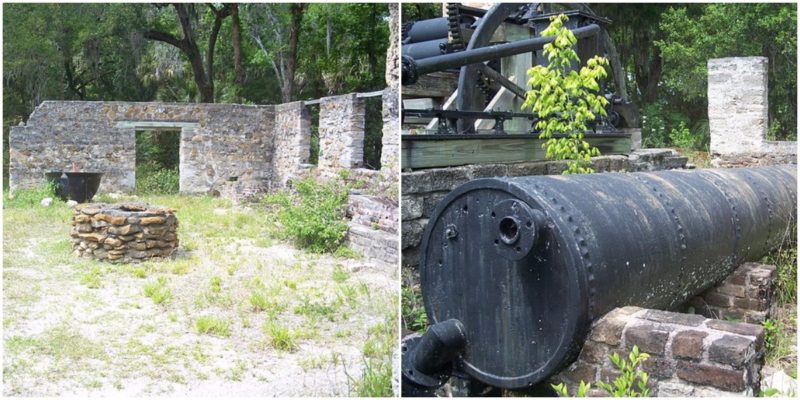The ruins of the Dunlawton Plantation and Sugar Mill are located near the city of Port Orange in the northeastern part of Florida, USA. Today, the crumbling sugar processing plant and the remains of the other structures of the former plantation are part of the large Dunlawton Sugar Mill Gardens.
In the early days of the industrial era, the eastern part of Florida was a region where the growing of sugarcane and the production of the sugar were flourishing. The soil and the location, as well the humid subtropical climate of Florida were, and still are, more than excellent for planting various crops. The Dunwalton Plantation and Sugar Mill was one of 12 sugar mills located in East Florida.
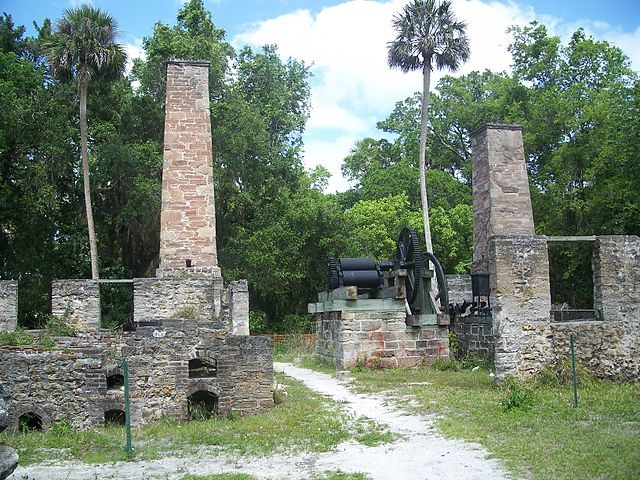
The story of the Dunlawton Plantation and its mill begins years before Florida became a U.S. state in 1845, at the end of the Second Spanish epoch in Florida. In those days the land of Florida was still divided and the Spanish Crown was selling off or giving as an award large quantities of land to loyal individuals.
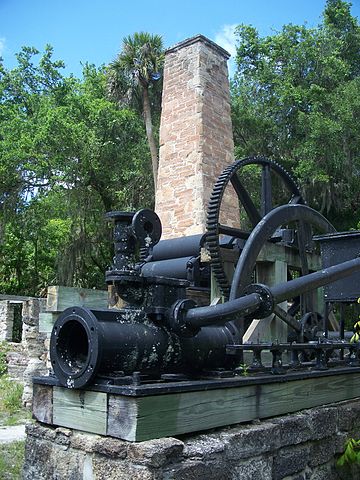
Now, the historic site is situated on an area of 12 acres, which once was only a small part of the 995 acres of land granted by Spain to Patrick Dean, a trader from the Bahamas, and his uncle John Bunch, a farmer from Nassau, in the summer of 1804. The land given to Dean and Bunch previously was part of the British grant of 1777, which was an unsuccessful project led by Andrew Turnbull for colonization of Florida.
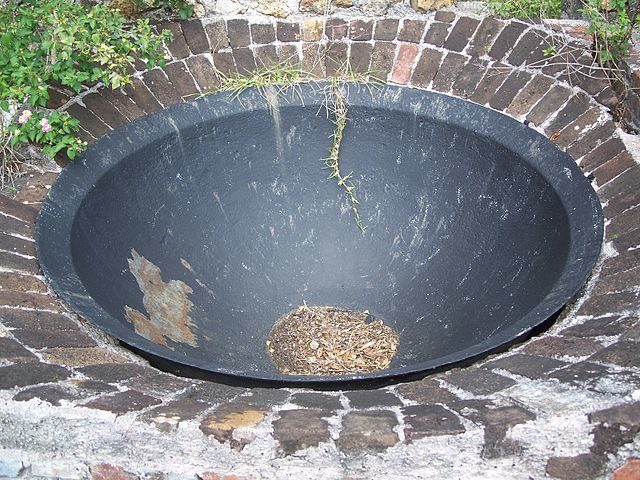
They used many slaves from Africa as a labor force, first to clear the land and to build the structures and later for cultivating plants. The land was utilized for growing rice, cotton, sugarcane, and perhaps indigo (a crop used for making blue dye). Dean was killed during the First Seminole War in 1818 and, according to documentation, either by an African slave or a Native American renegade. After his death owner of the land became his aunt Cecily, the wife of John Bunch. She also died soon after, and the property passed to Bunch, who managed the two properties very successfully until 1830.
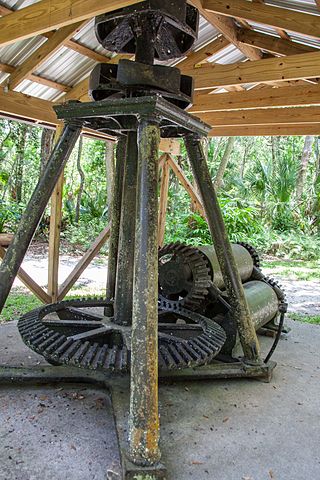
After the death of Mr. Bunch, the grandson of Cecily and John, John B. Bunch McHardy, became the owner of the whole plantation. He was a British Navy officer and did not have an interest in becoming farmer or settling down, so he sold the property to Charles and Joseph Lawton for $3,ooo. They were land dealers and in 1832, they sold it to Sarah Petty Anderson (Dunn) and her two sons.
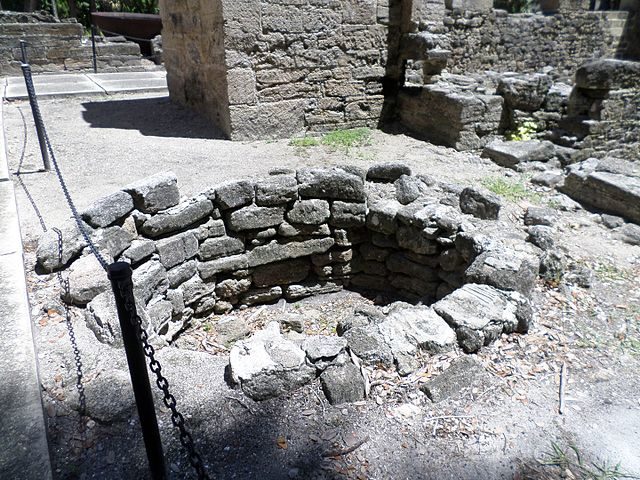
They decided to name the plantation Dunlawton, which is a combination of her maiden name, Dunn, and the land dealer’s name, Lawton. Thus the Dunlawton Plantation was born, which was successfully managed by the two brothers for few years. With African slave labor, the sugar cane was turned effectively into sugar products, like rum, molasses, and sugar.
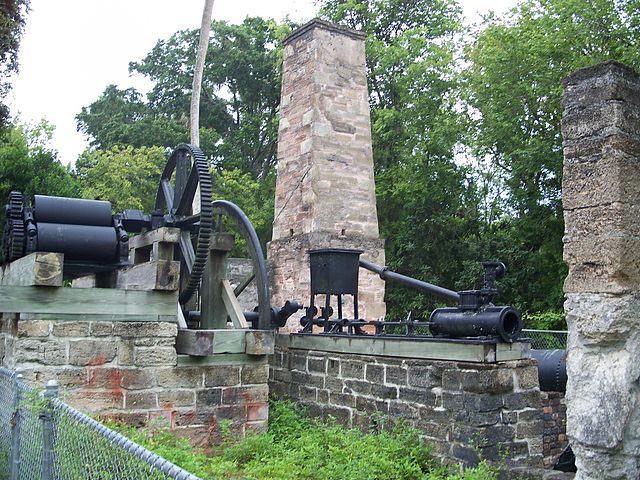
In December 1835, the Second Seminole War began. During the war near the plantation happened several battles between the Seminole Indians (an ethnic group formed of different Native American tribes) and the government militia. During this time, the plantation was destroyed and the sugar mill was burned to the ground. The Anderson family didn’t have enough money to reconstruct the plantation, nor could they receive any government help to reconstruct it, and the site was left abandoned until September 1846, when it was bought by John Marshall.
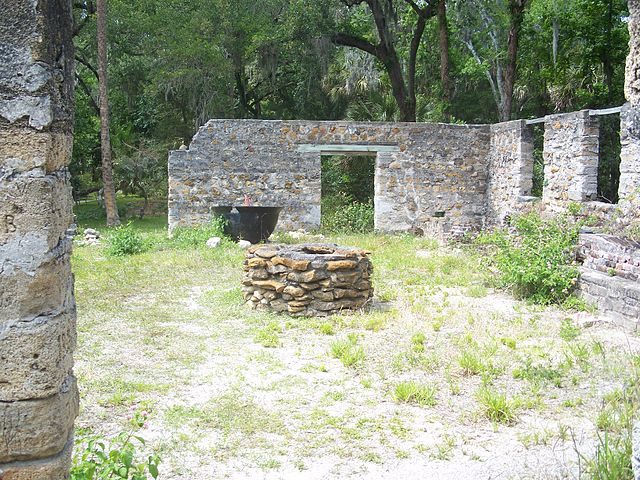
He tried to make the sugar plantation successful again. He rebuilt the buildings and modernized production by installing new processing machinery. But, soon, the sugar market collapsed and Marshall was forced to close production and sell the land. That was the end of sugar cane planting in the area.
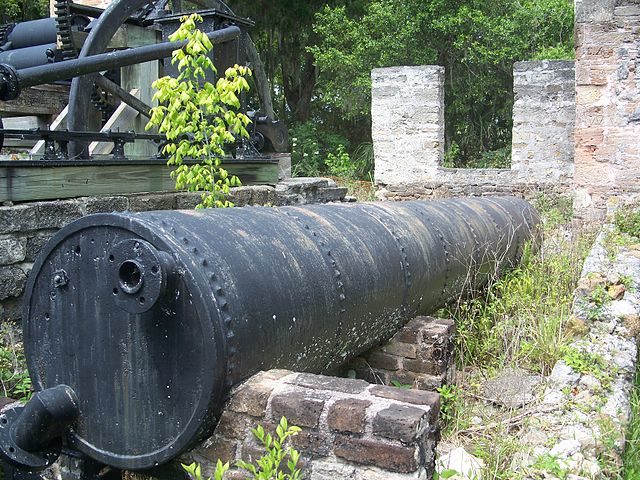
The plantation was burnt down another time during the Third Seminole War. In 1862, the site was used as a military camp for Confederate soldiers during the Civil War. The iron kettles for boiling cane extract were put to use by the soldiers for salt-making and as deposits for ammunition. The land was sold to William Dougherty in 1871. It was divided into smaller parts, which were sold by 1904.
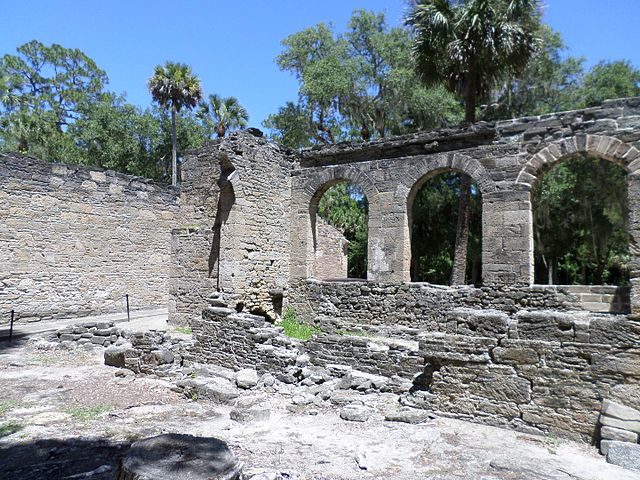
The location became a tourist attraction at the end of the 1930s, when it was wrongly identified as remains of an old Spanish structure. In the 1940s and 1950s, it was transformed into a theme park called Bongoland. The park had an Indian village, concrete dinosaurs, animals, a mini train, and a friendly mascot in the form of a monkey named Bingo. However, Bongoland eventually closed down and for few years the place was left standing empty.
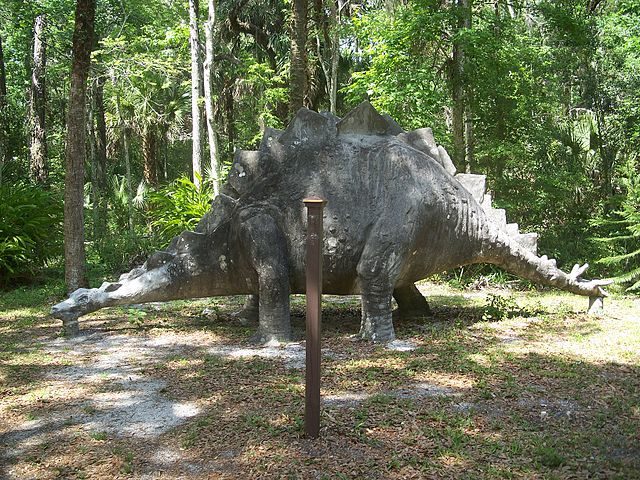
In 1963, the land was donated to the county. In 1985, the ruins were incorporated into a large botanical garden. Now, among the trees and the rare plant species can be found the remains of the structures, which were built from coquina rocks (formed of crushed shells) and brick blocks, as well the equipment used for making sugar products. Several pistons can be seen, as well as boiling kettles made from iron, a steam furnace, and the rolling sugar cane press machine. These items are rare and precious artifacts from the early days of industrial-era Florida.
